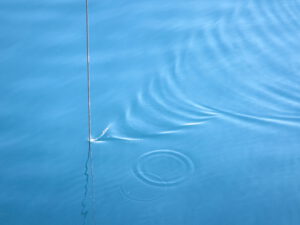
Follow-up on the iEarth teaching conversation: Why cognitive apprenticeship?
One question came up after I had written up my one-pager on the iEarth “teaching conversation”: Why “cognitive apprenticeship”? Over the years, I made a couple of observations across several…
